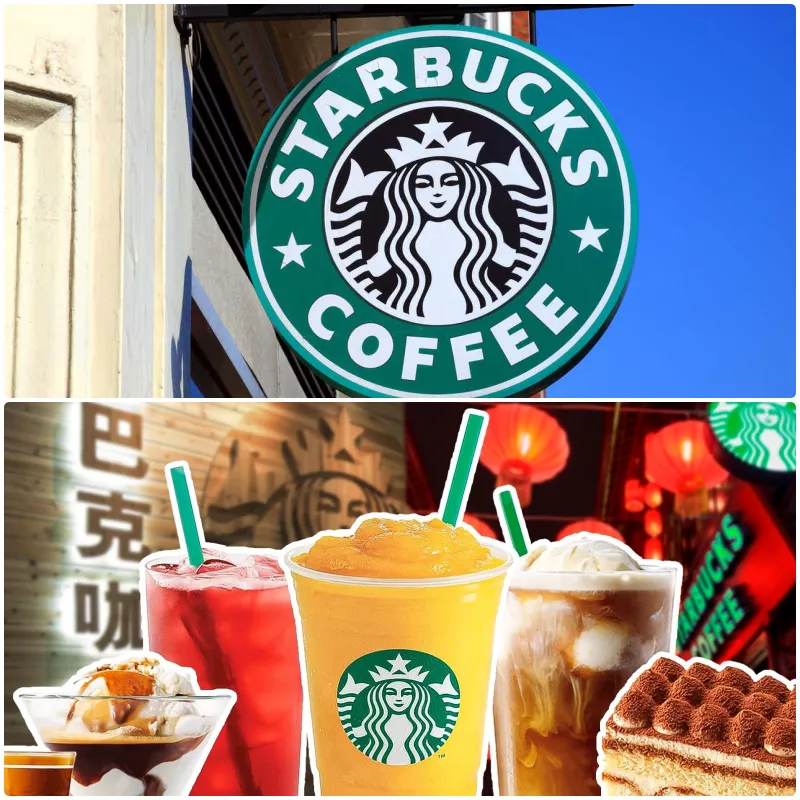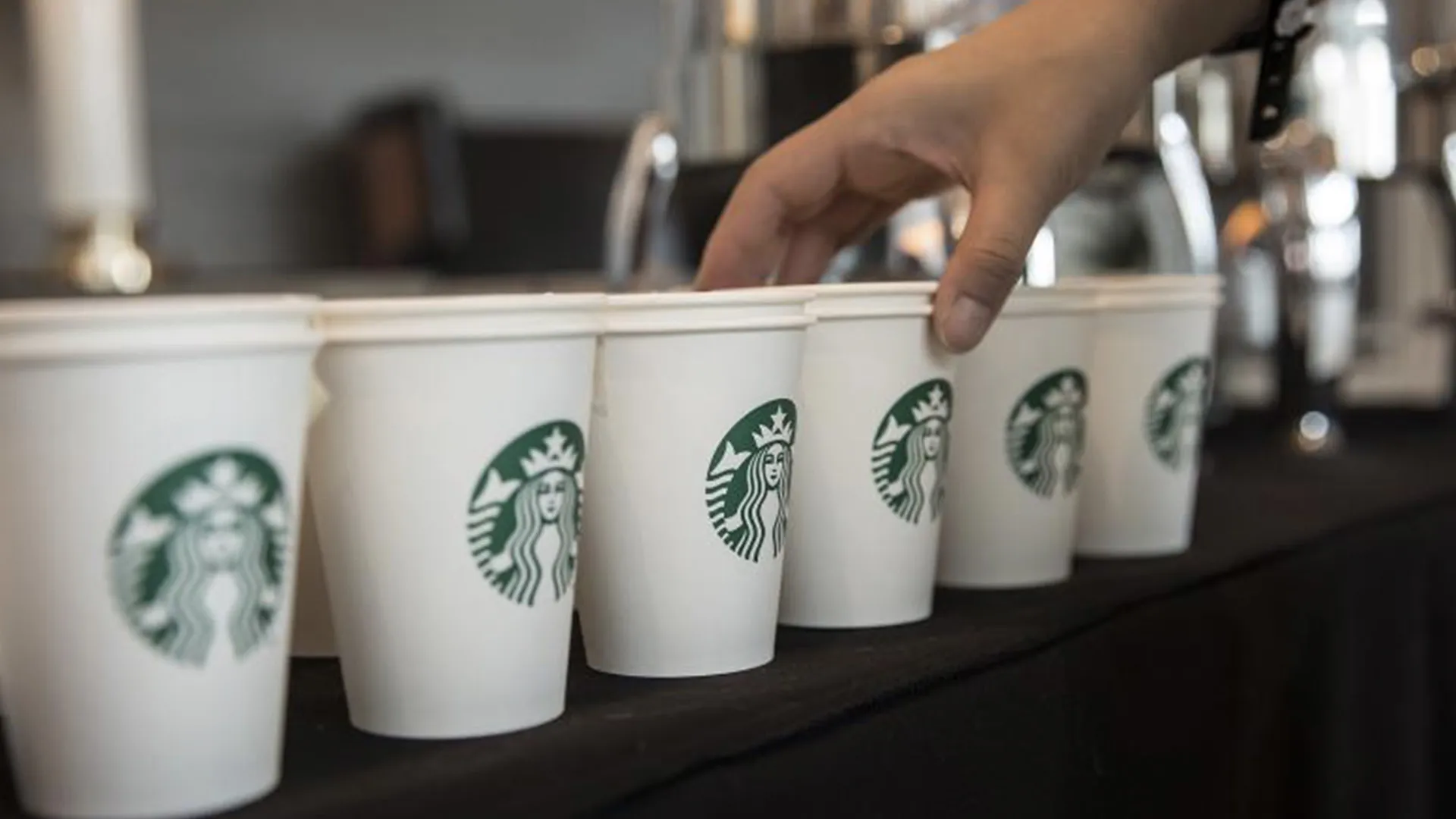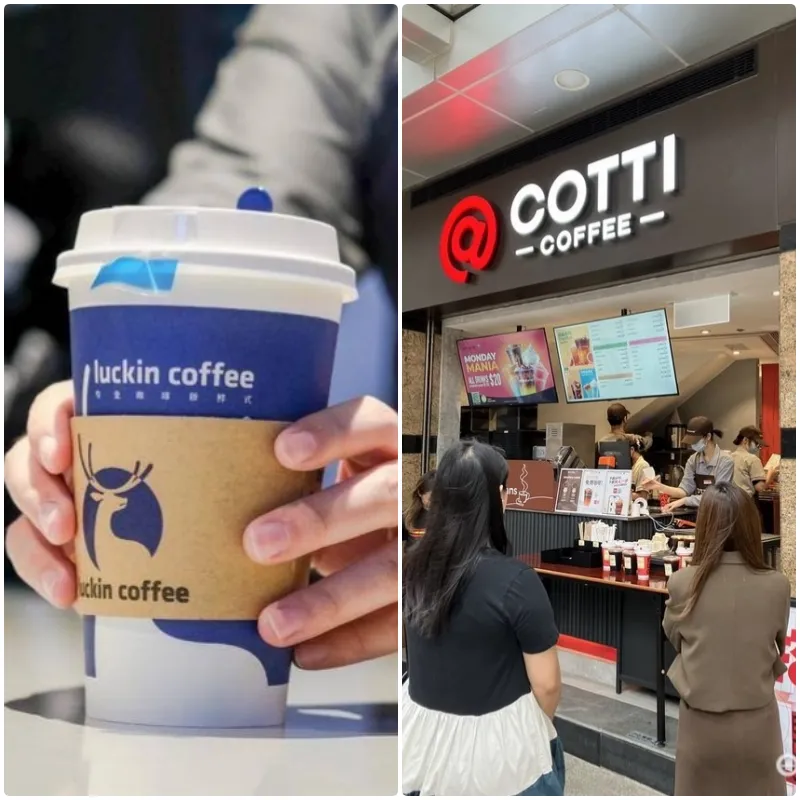
Chinese people are cold towards Starbucks
Once a symbol of the Chinese middle class, Starbucks is now witnessing a decline in popularity as consumer spending in China slows down.
According to a Seattle-based coffee supplier, revenue from their 7,306 Starbucks partners in mainland China dropped by 11% year-over-year, reaching $733.8 million in the second quarter. Sales at the same stores decreased by 14%, with transaction volume and average order value both falling by 7%.

One of the main reasons for this decline is the intense competition Starbucks faces from emerging local coffee brands like Luckin and Cotti. These younger companies are rapidly gaining market share by offering beverages at significantly lower prices.
Starbucks first entered the Chinese market in 1999, becoming the first American coffee chain to open in the country. It quickly gained popularity and became a status symbol among the middle class, largely due to its relatively high prices compared to the average income in China. However, over time, domestic coffee brands have surpassed their American counterparts in both the number of stores and revenue. According to a report by market research firm World Coffee Portal, the total number of coffee shops in mainland China surged by 58% last year, reaching 49,691 outlets.
Luckin Coffee, founded in 2022, has particularly stood out. Under the leadership of Chairman Lu Zhengyao, Luckin has disrupted the market with a menu priced at just 9.9 yuan (about $1.40) per item and an aggressive expansion strategy focused on franchising.
Meanwhile, Starbucks’ prices vary by product, with a popular item like a latte costing around 30 yuan. In contrast, Cotti, another rapidly growing beverage brand, has opened 7,500 stores in under two years and plans to add 8,000 more “quick-service” locations in the second half of this year. Their smallest outlets, just 1 square meter in size, are located inside convenience stores and restaurants, requiring minimal staff and operating costs.
Starbucks, on the other hand, opened only 826 new stores this year, reflecting a 13% annual growth rate. Analysts note that this pace is “significantly slower” than that of its domestic competitors.

The images of Luckin coffee and Cotti coffee are increasingly popular with Chinese people
Sean Dunlop, a senior equity analyst at Morningstar, commented, “Starbucks will continue to lose market share in China in the coming months, largely because consumers are opting for more affordable options.”
A 2014 study by the University of Leicester explored Chinese attitudes toward Western beverage brands, using Starbucks as a case study. It concluded that the brand was once a tool for people to express their social status.
“Today, consumers, including office workers in first- and second-tier cities—Starbucks’ main target demographic—are now buying coffee out of necessity rather than for the brand. They ask themselves, why choose a 30-yuan cup of coffee when there are much cheaper alternatives?” said Richard Lin, a leading consumer analyst at SPDB International.



